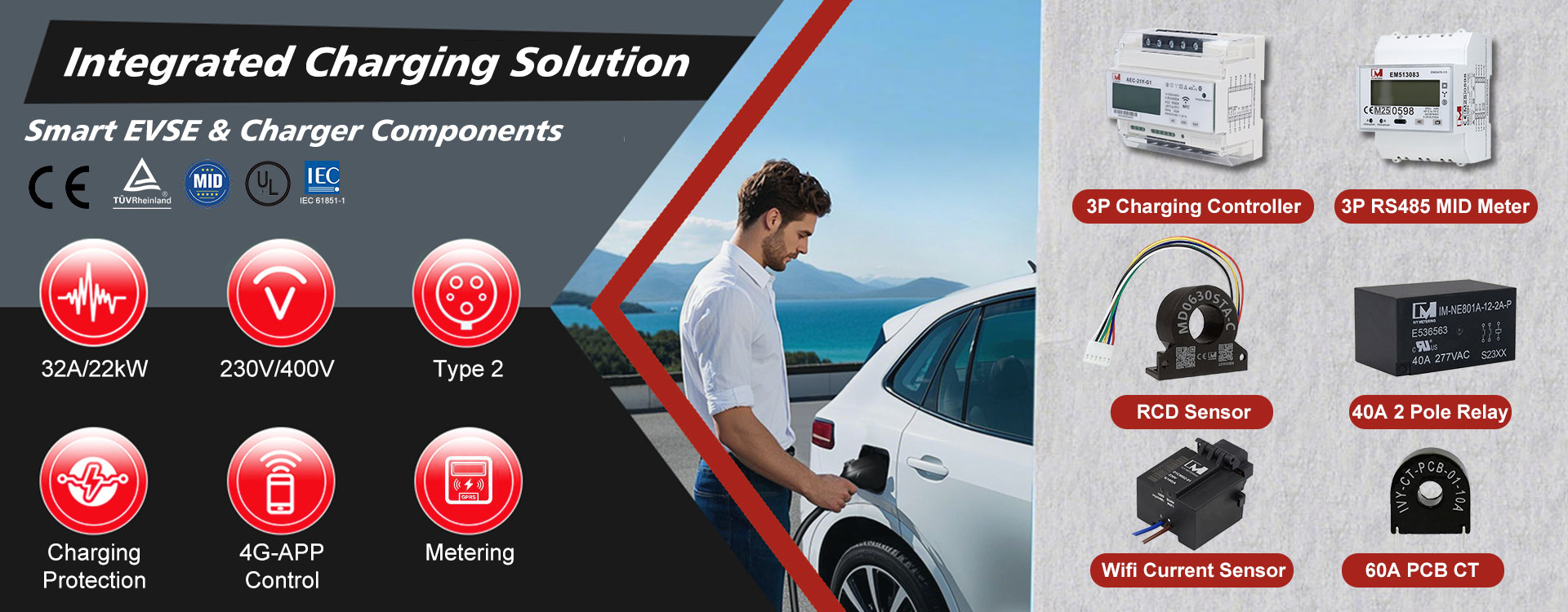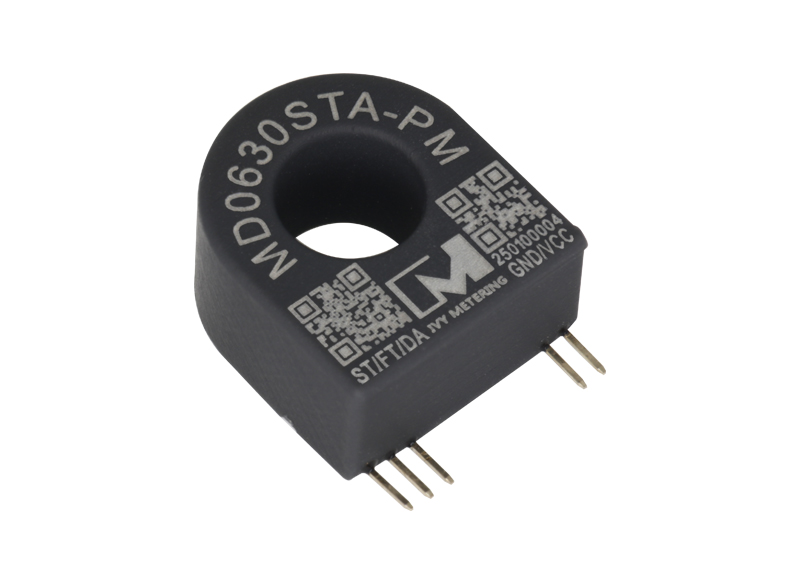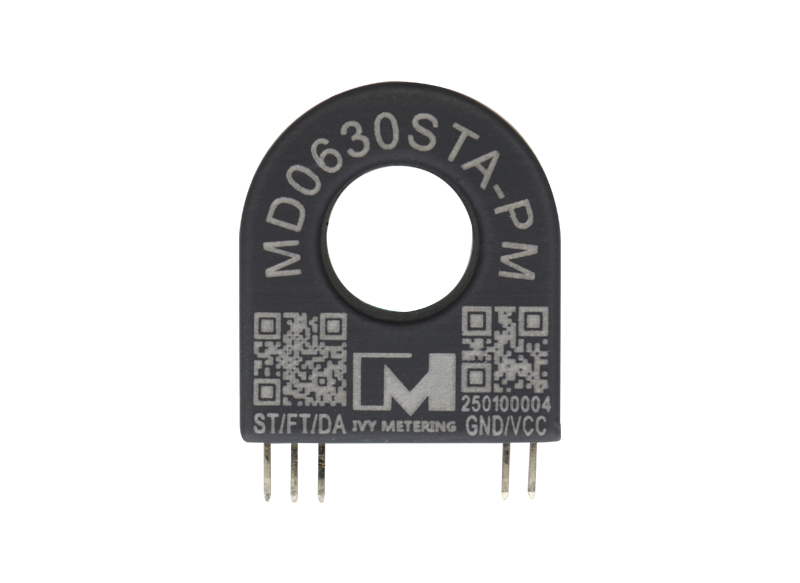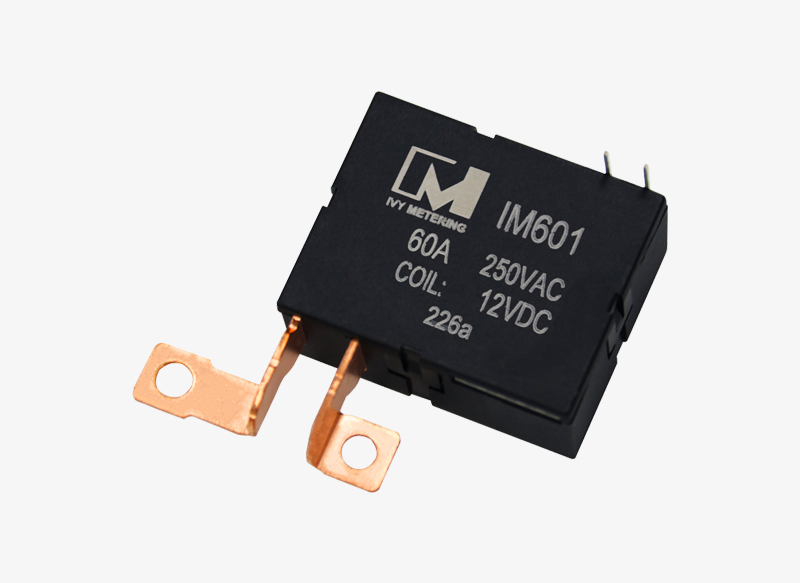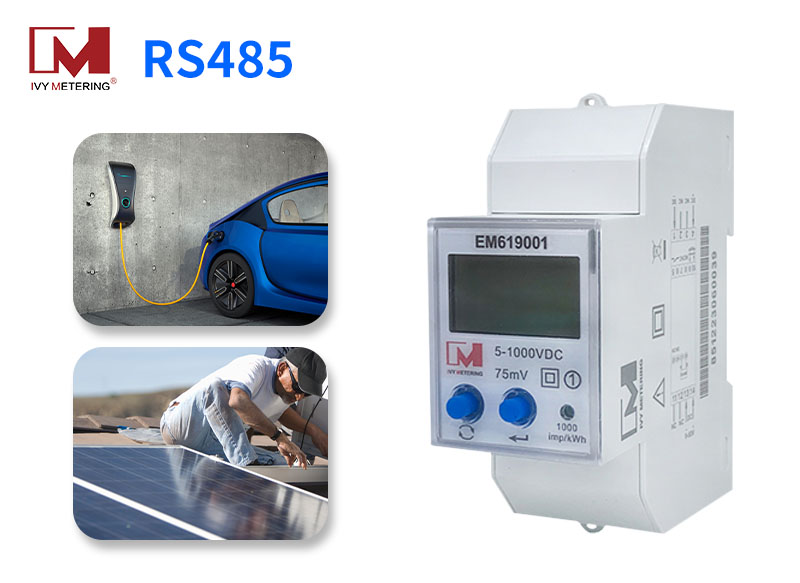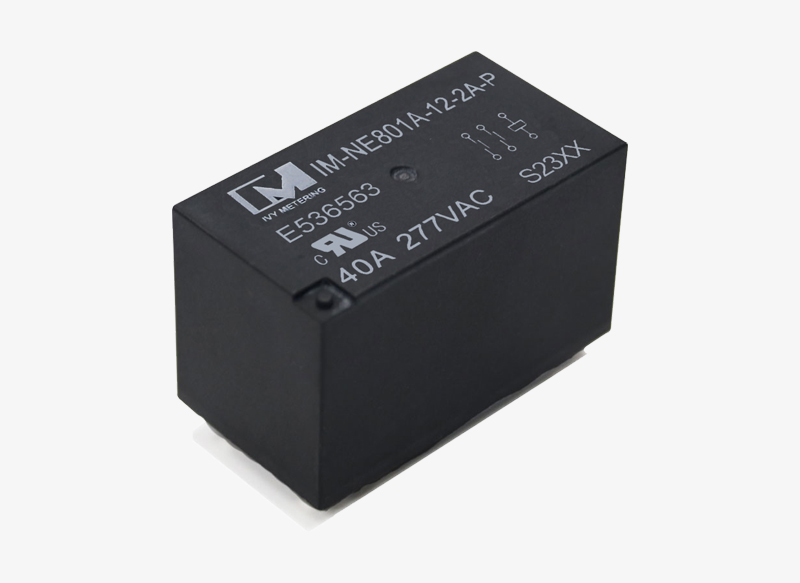MD0630STA-PM Introduction
The MD0630STA-PM AC DC leakage current sensor(compatible with Type A and Type B) features high sensitivity, accurate measurement, and a compact & integrated design. It outputs an alarm signal when it detects a DC leakage current of 3-6mA or an AC leakage current of 15-30mA. It also has a self-test function. Its outstanding features are its ultra-small size and ultra-low price(Type B Quality, Type A Price).
This series of products has important applications in various fields, including industrial equipment, medical instruments, new energy, and smart cities. It is particularly designed for IC-CPD Charger and Portable EV Charger, also suitable for solar inverters, heat pumps, medical instruments, battery packs, UPS, industrial machines, and power distribution units, etc. It is simple to use and install.
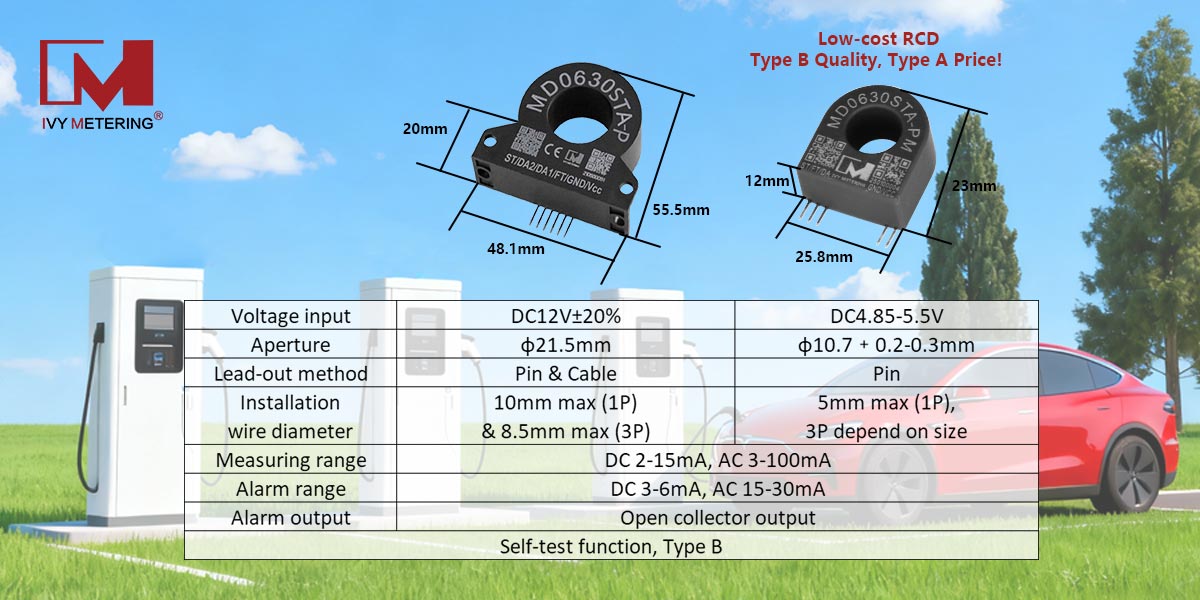
Product Feature
Wide voltage input: DC 4.85-5.5V
Measurement current range: DC 2-15mA, AC 3-100mA
Alarm current range: DC 3-6mA, AC 15-30mA
Alarm output: Open collector output
Self-test function: Use the test pin to determine whether the sensor is functioning properly
Operating temperature: -25°C to +80°C
Product Dimension
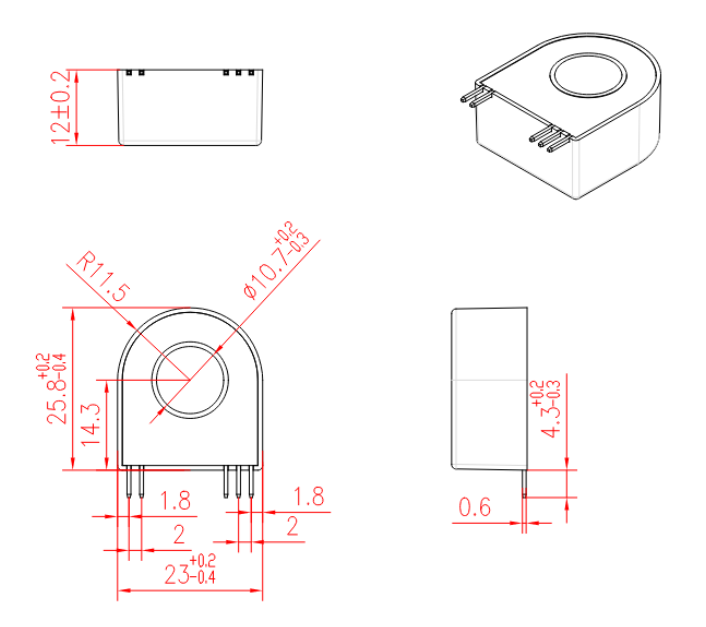
Type A B Leakage Current Sensors for EV Charging
Fully Compliant with DC and AC Leakage Current Detection Standards
This device can detect 6mA DC and 20/30mA AC leakage current, fully compliant with IEC 62752, IEC62955, and UL2231 standards.
These current sensors are commonly used for electrical safety in charging stations/charging connectors. They are designed to accurately measure the current flowing through a conductor and provide a proportional output signal to relevant monitoring or control equipment.
Type B current transformers are typically used in applications where the primary current is relatively constant, such as in electric vehicle charging stations or charging connectors, where the current is typically controlled to a set level during charging. Type B current transformers offer high accuracy over a wide frequency range, making them suitable for a variety of applications.
Any detected leakage should be addressed promptly to prevent equipment damage or potential safety hazards.








